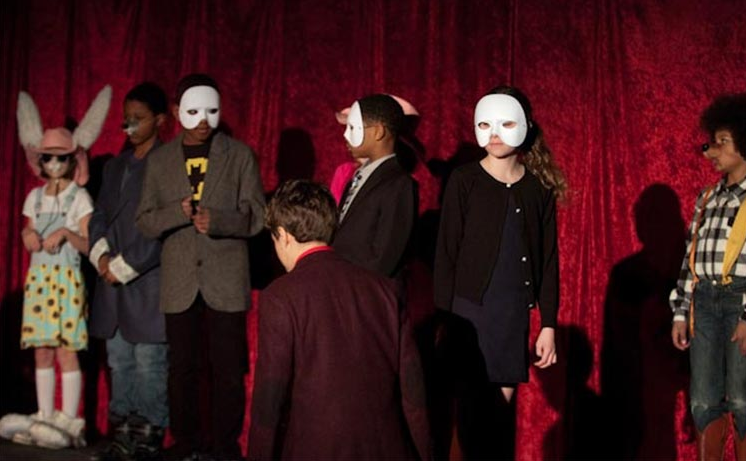The history books say that there were three Japanese filmmakers to emerge in the 1950s – Kenji Mizoguchi, Yasujiro Ozu and Akira Kurosawa. Never mind that Mizoguchi and Ozu made many of their best movies in the 1930s. Never mind that masterful, innovative directors like Mikio Naruse and Keisuke Kinoshita have been unfairly overshadowed by the brilliance of these three greats.
Mizoguchi was an early modernist who by the end of his career made meditative movies about how women suffer at the hands of men. His masterpieces like Ugetsu and Sansho Dayu feel like Buddhist scroll paintings come to life. Ozu, “the most Japanese” of all filmmakers, made quietly moving dramas about families, like Tokyo Story, but did so in a way that discarded such Hollywood principles as continuity editing and the 180 degree rule. Ozu was a quiet radical.
Compared to Ozu and Mizoguchi, Kurosawa’s movies are noisy, masculine and vital. Unlike Ozu, he didn’t challenge Hollywood film form but improved on it. Born roughly a decade after the other two filmmakers, Kurosawa spent his youth watching Western movies, absorbing the lessons of his cinematic heroes like John Ford, Howard Hawks and Frank Capra. At his creative height, in the 1950s and 60s, Kurosawa produced masterpiece after masterpiece. Hollywood would remake or reference Kurosawa constantly in the years that followed but few of those films had Kurosawa’s inventiveness.
Tony Zhou, who has made a career of dissecting movies in his excellent video series Every Frame a Picture, argues that the key to Kurosawa is movement. “A Kurosawa movie moves like no one else’s,” Zhou notes in his video. “Each one is a master class in different types of motion and also ways to combine them.”
Kurosawa had an innate understanding that there is inherent drama in the wind blowing in the trees. Like Andrei Tarkovsky and later Terrence Malick, he liked to place human drama squarely in the realm of nature. The rain falls, a fire rages and that movement makes an image compelling. He understood that graphic considerations outweighed psychological ones – he simplified and exaggerated a character’s movement with the frame to make character traits and emotions easy to register for the audience. His camera movements were clear, motivated and fluid. Zhou compares Seven Samurai with The Avengers. You might have thought that The Avengers was uninspired and soulless but after watching Zhou’s video, you’ll understand why – aside from the silly plot and characters – the movie was uninspired and soulless. The piece should be required viewing for filmmakers everywhere. You can watch it above.
And below you can see another video Zhou did on Kurosawa, focusing on his 1960 movie The Bad Sleep Well.
Related Content:
Watch Kurosawa’s Rashomon Free Online, the Film That Introduced Japanese Cinema to the West
David Lynch Lists His Favorite Films & Directors, Including Fellini, Wilder, Tati & Hitchcock
Andrei Tarkovsky Creates a List of His 10 Favorite Films (1972)
Stanley Kubrick’s List of Top 10 Films (The First and Only List He Ever Created)
Listen to François Truffaut’s Big, 12-Hour Interview with Alfred Hitchcock (1962)
Akira Kurosawa & Francis Ford Coppola Star in Japanese Whisky Commercials (1980)
Jonathan Crow is a Los Angeles-based writer and filmmaker whose work has appeared in Yahoo!, The Hollywood Reporter, and other publications. You can follow him at @jonccrow. And check out his blog Veeptopus, featuring lots of pictures of badgers and even more pictures of vice presidents with octopuses on their heads. The Veeptopus store is here.


